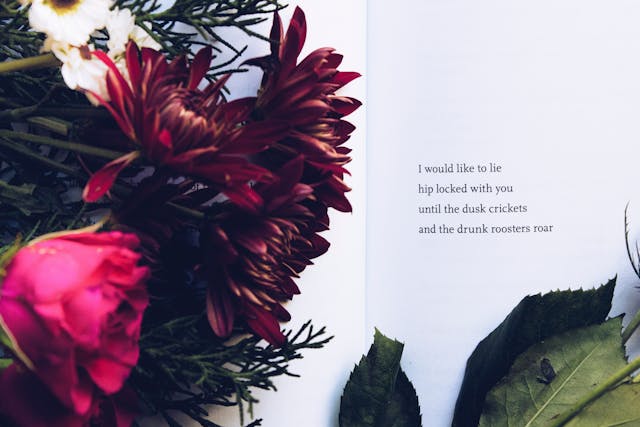Creative Writing for Fun: How to Get Started on Your First Story or Poem
Ever wanted to write a story or poem but didn’t know where to begin? You’re not alone. Starting can feel a little scary, especially if you’ve never done it before. But the truth is, creative writing isn’t about being perfect—it’s about having fun, expressing yourself, and letting your imagination roam free. Whether you’re dreaming up your first short story or playing with poetry, here’s how to get started and enjoy the process.

Why Try Creative Writing?
Creative writing helps you:
-
Explore your thoughts and emotions
-
Boost your creativity and imagination
-
Improve your writing and language skills
-
Relax and de-stress
-
Share your stories with others—or just keep them for yourself
Best of all, there are no strict rules. It’s your world, and you get to build it however you want.
Picking a Starting Point
Sometimes the hardest part is deciding what to write. Here are a few fun ways to spark an idea:
-
Write about a dream you had—real or imagined.
-
Think of a “What if…” question. (Example: What if animals could talk? What if the sun didn’t rise tomorrow?)
-
Use a memory and twist it into a story.
-
Pick a random word (like “storm” or “key”) and build a story or poem around it.
-
Look around your room and choose an object. Imagine it has a secret story.
Still stuck? Try using a writing prompt. Something simple like:
"She opened the door and saw..." or
"The last time I saw him..."
Writing Your First Short Story
You don’t need pages of notes to begin a story. Here’s a simple structure you can follow:
1. Start with a character
Who is the story about? It could be a child, a knight, a robot, or even a talking cat.
2. Give them a goal or problem
Maybe they lost something, want something, or are trying to escape something.
3. Add a challenge
What’s standing in their way? A fear, a villain, a storm, or maybe their own doubt.
4. Show how they deal with it
Do they succeed or fail? Do they grow or change?
5. End with a twist or lesson
Wrap it up in a way that feels satisfying—or surprising!
👉 Don’t worry about making it perfect. Just write and see where it goes. You can always fix things later.
Trying Out Poetry
Poems don’t have to rhyme or follow any strict rules. They’re like snapshots of emotions, thoughts, or moments.
Here are some simple ways to start:
1. Free verse
No rules, no rhyme—just your thoughts, one line at a time.
Example: The wind doesn't ask
if I'm ready.
It just arrives,
soft or loud,
like a memory.
2. List poem
Pick a topic—like “things I love” or “what I see out my window”—and make a list in poetic form.
Example: I see
a bird,
a blue sky,
a leaf spinning like a top.
3. Haiku
A 3-line poem with a 5-7-5 syllable pattern.
Example: Snow falls silently
Blanketing the world in white
Peace in every flake

Tips to Keep You Going
-
Write a little every day – even just a few lines.
-
Don’t judge yourself – first drafts are supposed to be messy.
-
Read other stories or poems – it helps spark new ideas.
-
Share your work – with a friend, a family member, or online (if you want to!).
-
Keep a notebook or notes app – ideas can come at any time.
Remember, writing should feel good. If you’re having fun, you’re doing it right.
Final Thoughts
Creative writing doesn’t require special training or perfect grammar—it just needs your voice. Whether you write about magical lands, everyday life, silly rhymes, or serious thoughts, it’s all worth putting down on paper. So grab a pen, open a blank document, and start. Your first story or poem might surprise you—and it’s only the beginning.












